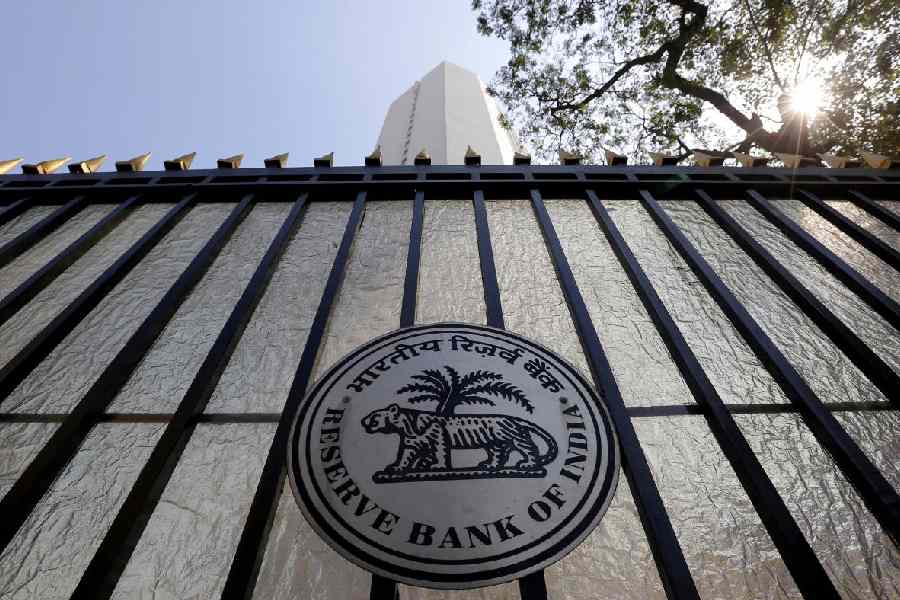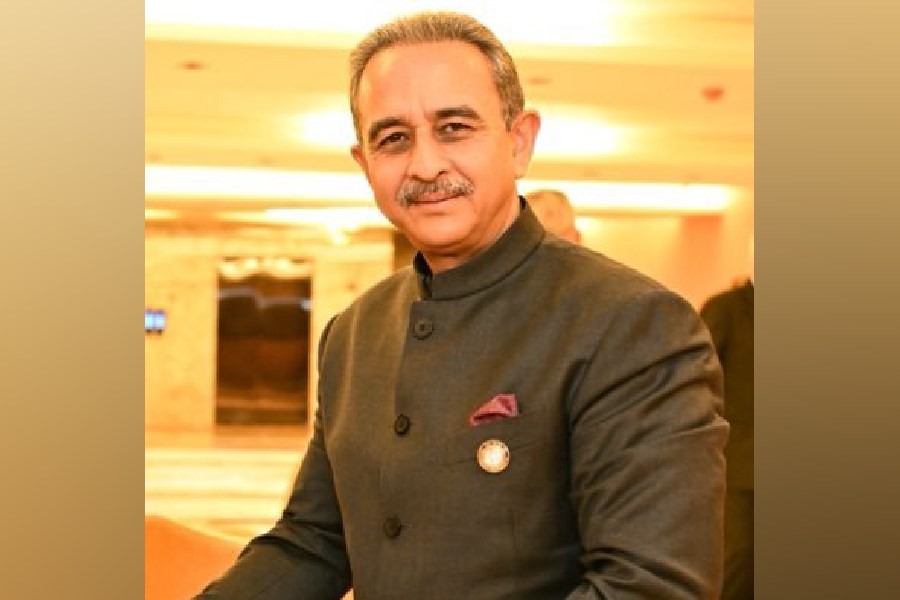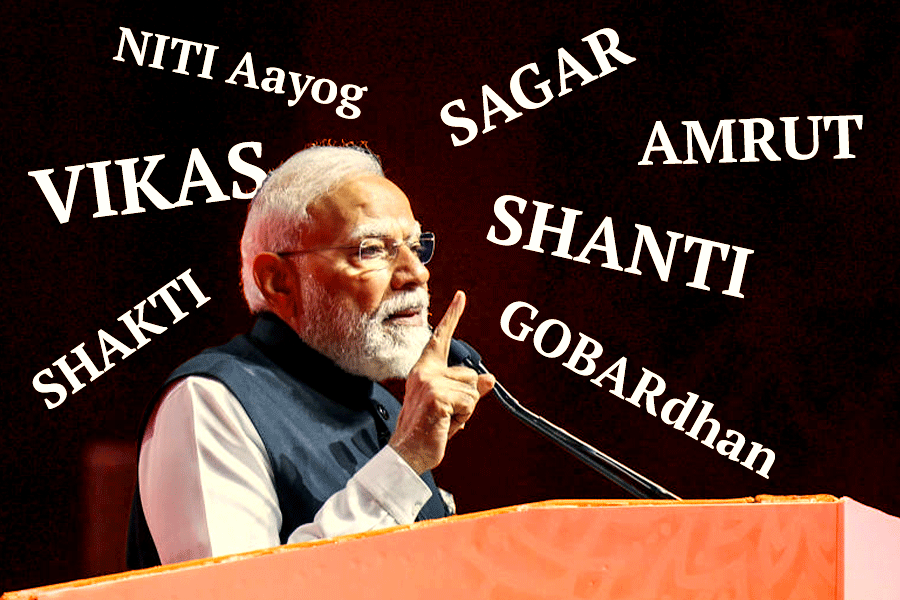Borrowers stand to benefit from lower interest rates on loans with the Reserve Bank of India widely expected to take a third successive cut in policy rates in 2025. Experts expect the central bank to go ahead with a 25 basis point reduction in repo rate at the monetary policy committee meeting scheduled later this week between June 4 and June 6.
The RBI has already lowered its repo rate from 6.5 per cent to 6.25 per cent in February and 6 per cent in April. A further 25 basis points reduction would result in repo rates falling to 5.75 per cent.
While the transmission in loans linked to the repo rate will be instant, loans linked to the MCLR (marginal cost of funds based lending rate) will take time to fall. Several banks have already started revising the MCLR following the two rate cuts. However, the pace of transmission of the benefits of falling policy rates comes with a lag, with bankers expecting the second quarter to see further revisions in the lending and deposit rates. With inflation cooling off, there is also impetus for the central bank to act on its “accommodative” stance as announced in the April MPC meeting.
“Our expectation is that Q1FY26 inflation may average around 3.4 per cent, with full-year inflation in the range of 3.5 per cent to 4.0 per cent. This augurs well for a continuation of the policy rate reduction cycle in FY26. We expect that by the end of the calendar year 2025, the repo rate may be brought down to 5.25 per cent,” said D.K. Srivastava, chief policy adviser, EY India.
“In spite of ongoing global uncertainties, India may be able to achieve a real GDP growth of 6.5 per cent in FY26, driven by strong domestic demand with a pickup in private investment spurred by lower interest rates,” Srivastava said.
However, capital expenditure growth momentum needs to be maintained and supplemented by a continuation of the repo rate reduction cycle so that both monetary and fiscal policy support can ensure that India’s real GDP growth does not slip below 6.5 per cent, Srivastava said.
The RBI’s interest rate decision, trading activity of Foreign Institutional Investors (FIIs) and developments on the tariffs front would also guide investors’ sentiment in the coming week, analysts said.
“Looking ahead, all eyes will be on the outcome of the MPC meeting. Additionally, with the new month beginning, participants will track high-frequency data, including auto sales numbers and other economic indicators. Updates on the progress of monsoon and the trend in FII flows will also be closely monitored,” Ajit Mishra – SVP, research, Religare Broking Ltd, said.
Globally, developments in the US bond market and any updates regarding the ongoing trade negotiations will continue to influence sentiment.
India expanded at a faster pace than expected in the last quarter of the 2024-25 fiscal, helping clock a 6.5 per cent growth rate in the year that elevated its size to $3.9 trillion.
Meanwhile, PMI data for the manufacturing and services sectors will be announced this week and would also influence trading.
“This week, interest rate-sensitive sectors — particularly PSU banks — are likely to remain in focus amid growing hopes of an RBI rate cut. Additionally, the release of monthly auto sales and volume data could trigger sector-specific moves in the automobile space,” Siddhartha Khemka, head — research, wealth management, Motilal Oswal Financial Services Ltd, said.
“The market is pricing in a 25 bps cut, which will improve the outlook for rate-sensitive sectors. The positive macroeconomic scripts can boost investor sentiments, but stability in the broader market will be contingent on strong earnings growth and receding trade tensions,” said Vinod Nair, head of research, Geojit Investments Limited.











